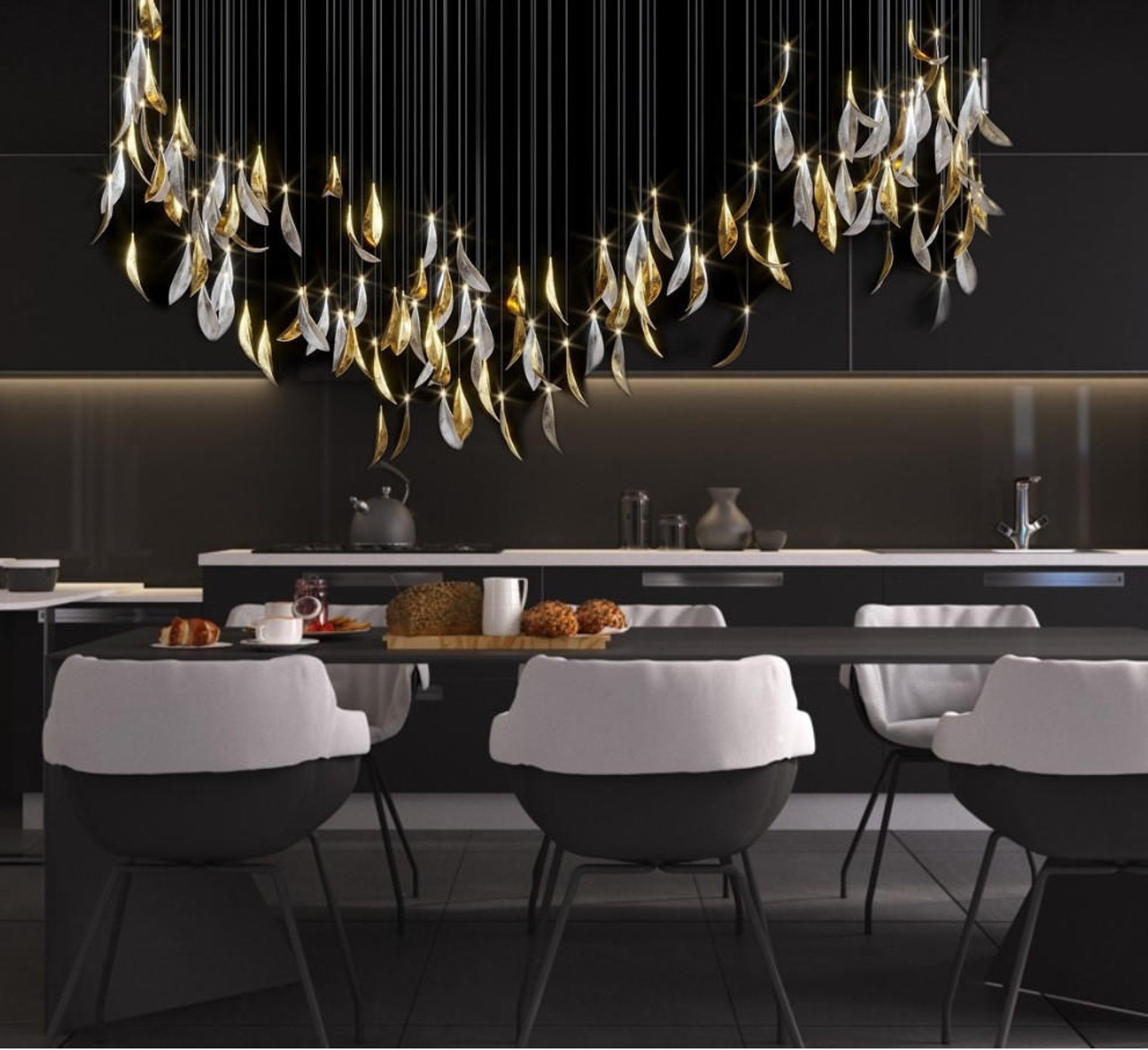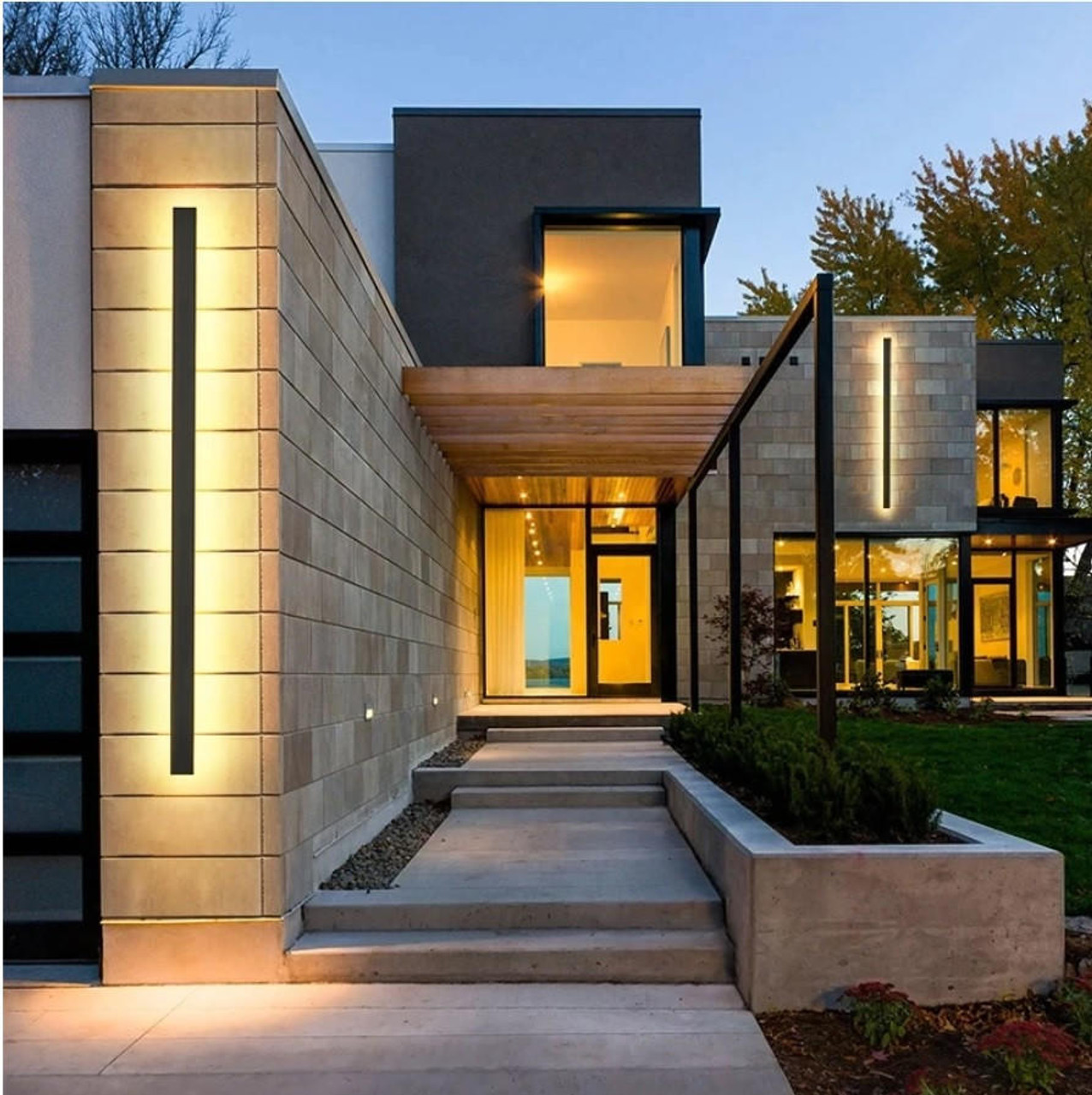RH Outdoor Lighting: Design Theories for Layering Light in Exterior Spaces
Posted by Elodie Allington - Architect on 2nd Oct 2024
Introduction
In the grand tapestry of architectural design, lighting often serves as the unsung hero, shaping our perceptions and moods without us even realizing it. Particularly in exterior spaces, where nature and structure enact a delicate ballet, lighting becomes crucial in choreographing this dance. As Ada Louise Huxtable, my architectural perspective has always leaned towards understanding the interplay of aesthetics and functionality, and in this article, I delve into RH Outdoor Lighting and its role in perfecting this performance. By examining how light can be layered in exterior spaces, we unravel a design philosophy that not only illuminates but enhances the living experience.
Understanding the Basics of RH Outdoor Lighting
To appreciate the brilliance of RH Outdoor Lighting, one must begin with the basics. RH, or Restorative Hardware, is renowned for its timeless designs that meld style with sustainability, making a strong case for lighting that is as much about the overall ambiance as it is about individual luminance.
At its core, lighting serves several practical purposes: it ensures safety, highlights architectural features, and extends living spaces. But RH Outdoor Lighting transcends practicality. It is an artistic endeavor, recreating the magic of natural light with carefully curated light fixtures that transform the mundane into the extraordinary. The choice of materials, finishes, and technological integration reflects a commitment to quality and a deep appreciation of space and form.
The Concept of Layering Light
Layering light is a sophisticated principle rooted deeply in design theory. Just as an artist layers colors on a canvas to create depth and texture, RH Outdoor Lighting adopts a multi-layered approach to lighting exterior spaces. This concept is essential in achieving a balanced and well-lit environment where functionality meets beauty.
Layering light involves using multiple light sources and types at varying heights and intensities. This approach provides flexibility and control, allowing homeowners to adapt to different moods and activities. The layers generally include ambient, task, and accent lighting, each contributing to a cohesive lighting scheme that is both practical and aesthetically pleasing. This layering creates opportunities for dynamic spaces that can transition from lively daytime environments to serene evening retreats.
Ambient Lighting: The Foundation
Ambient lighting is the backbone of any effective lighting design, offering the general illumination necessary for visibility and functionality. In the context of RH Outdoor Lighting, ambient lighting can be achieved through strategically placed fixtures such as wall lights, overhead lights, and post lights.
This form of lighting is often described as the soft glow that fills a space, analogous to sunlight diffused through a gentle, cloudy sky. The challenge is to provide sufficient ambient light without overwhelming the space, maintaining a delicate balance that highlights rather than drowns out the natural architecture and environment. Ambient lighting, when done correctly, can create a warm and inviting atmosphere that beckons people to spend more time outdoors, thus significantly extending their living spaces.
Task Lighting: Focused and Functional
Task lighting is more specific, aimed at enhancing visibility for particular outdoor activities. Examples include pathway lights, stairway lights, and deck lights placed with precision to ensure safety without sacrificing style. Here, RH Outdoor Lighting excels in its design ethos, marrying function and form.
These fixtures are designed to provide focused illumination directly where it’s needed. For instance, well-positioned bollard lights can highlight garden paths, while adjustable spotlights might illuminate outdoor kitchen areas or seating spaces. Each piece not only serves its practical purpose but also contributes to the overall aesthetic cohesion, ensuring that task lighting complements rather than interrupts the visual narrative of the space.
Accent Lighting: Creating Drama and Interest
Accent lighting in exterior design introduces layers of intrigue and drama to a space. With RH Outdoor Lighting, accent lighting becomes an art form, used to highlight trees, sculptures, architectural details, or even wall textures.
The strategy here is to create visual interest and focal points that guide the eye across the landscape. Proper use of accent lighting can imbue an outdoor space with the kind of drama found in a stage setting, creating nocturnal vistas that delight and surprise. This type of lighting can also be used to create depth and nuance, revealing the unique aspects of a property and allowing it to change character as night falls. Accent lighting is not just decorative; it is expressive, introducing elements that can be subtle or bold, depending on the desired effect.
Integration of Technology in RH Outdoor Lighting Design
In the age of smart technology, modern lighting is as much about control and customization as it is about illumination. RH Outdoor Lighting embraces this shift by integrating smart lighting systems that allow for the fine-tuning of light settings to match the occasion or mood.
These systems offer everything from remote control dimming to preset modes that can be scheduled based on the time of day or activity. The fusion of technology with design not only increases energy efficiency but also extends the life of each fixture, contributing to sustainability efforts without compromising on sophistication. The ability to change lighting scenes with a simple command or the touch of a button adds a level of convenience and sophistication to outdoor spaces, making them more adaptable and user-friendly.
Considerations for Sustainable Outdoor Lighting
It is incumbent upon us, as stewards of the earth, to ensure our light landscapes respect the environment. RH Outdoor Lighting takes this responsibility seriously, incorporating LED technology and efficient design to minimize energy consumption and reduce the carbon footprint.
Sustainability in outdoor lighting is not merely about using less energy; it involves designing fixtures and layouts that work harmoniously with the natural environment, promoting biodiversity, and reducing light pollution by:
- Using LED lamps for efficiency, ensuring long-lasting and energy-saving illumination.
- Designing layouts that minimize disruption to local wildlife, preserving nighttime ecosystems.
- Employing lights with minimal upward glare to reduce skyglow, helping to maintain the integrity of our night skies.
- Incorporating sensors and timers to ensure lights are only used when necessary, further reducing energy waste and light spillage.
Case Study: Successful Applications of RH Outdoor Lighting
Examining successful implementations of RH Outdoor Lighting offers invaluable insights into its transformative potential. Consider a recently redesigned urban courtyard, where RH’s layered lighting transformed a drab concrete space into a serene garden sanctuary.
By employing ambient post lights, task lights along pathways, and subtle accent lights highlighting the green textures of plants and water features, the project demonstrated the profound impact of thoughtful lighting design. This example underscores the potential of RH Outdoor Lighting to elevate not just aesthetic quality but the quality of life. The project exemplifies how a well-considered lighting strategy can turn underutilized areas into vibrant spaces, encouraging their use and enjoyment throughout different times of the day and year.
Conclusion
In closing, the art and science of exterior lighting design, as exemplified by RH Outdoor Lighting, is about more than mere illumination. It is about creating spaces that celebrate beauty and utility, honoring both the built and natural environments. Thoughtful lighting design allows us to not just witness but participate in a beautiful interplay of nature, architecture, and human activity, enriching everything from simple daily tasks to grand social gatherings.
As we continue to explore the exhilarating possibilities of light in space, let us remember the profound role of deliberate lighting design in shaping our experiences and perceptions. The future of exterior lighting shines bright with promise, offering innovations that could redefine how we interact with our outdoor spaces. Embracing these advancements and philosophies can help forge pathways to environments that are not only visually compelling but also environmentally responsible, strengthening the bond between our lives and our landscapes.





